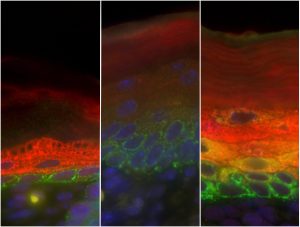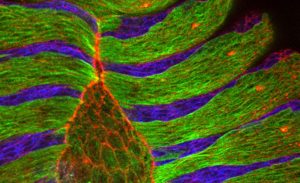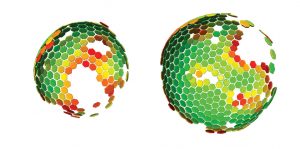13 September 2009

Stem cells have a unique ability: when they divide, they can either give rise to more stem cells, or to a variety of specialised cell types. In both mice and humans, a layer of cells at the base of the skin contains stem cells that can develop into the specialised cells in the layers above.…
SCIENCE & TECHNOLOGY
2009
sciencescience-technology
25 June 2009

Researchers at the European Molecular Biology Laboratory (EMBL) in Heidelberg, Germany, came a step closer to understanding how cells close gaps not only during embryonic development but also during wound healing. Their study, published this week in the journal Cell, uncovers a fundamental…
SCIENCE & TECHNOLOGY
2009
sciencescience-technology
23 June 2009

Scientists at the European Molecular Biology Laboratory (EMBL) and the University Clinic Heidelberg, Germany, have produced a three-dimensional reconstruction of HIV (Human Immunodeficiency Virus), which shows the structure of the immature form of the virus at unprecedented detail. Immature HIV is…
SCIENCE & TECHNOLOGY
2009
sciencescience-technology
24 February 2009

‘Useless fish with big eyes’. This is what Medaka, the name of the Japanese killifish in the pictures, means in Japan where it originally comes from. While its eyes are undeniably big, the fish has proven remarkably useful for scientists. It is a simple model organism, amenable to…
SCIENCE & TECHNOLOGY
2009
sciencescience-technology



